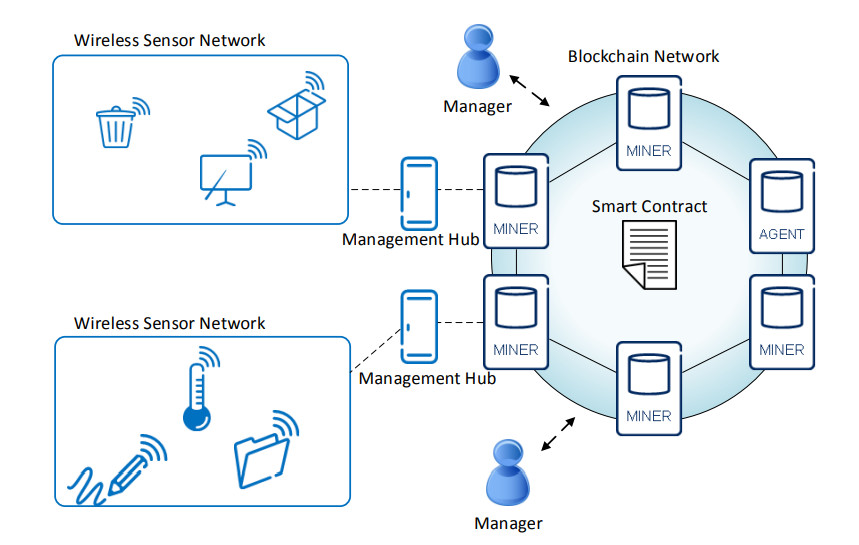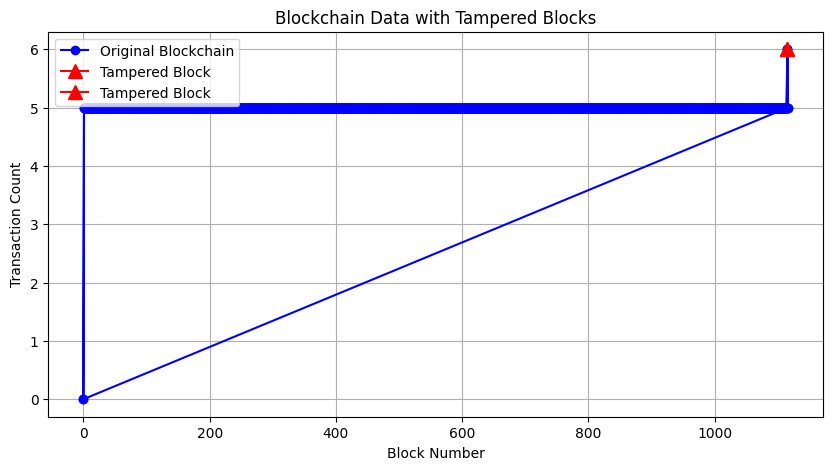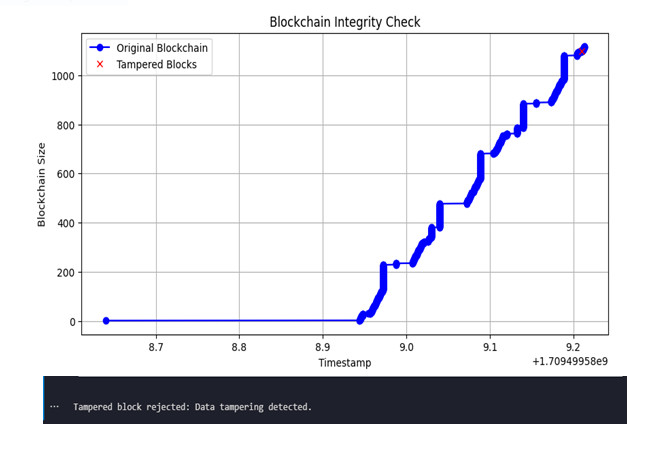Networking
A trust architecture for enhancing the trustworthiness of data in blockchain

The abstract of the research
In recent years, the emergence of blockchain technology has shown great promise in revolutionizing various industries, including the Internet of Things (IoT).
Key points include:
- Problem Statement: IoT data is often untrustworthy due to vulnerabilities and tampering, hindering the adoption of blockchain-based IoT applications.
- Objectives: Develop a decentralized trust architecture to improve data trustworthiness, assess existing architectures, propose a new architecture, and evaluate its performance.
- Methodology: The research uses a system engineering approach, including literature review, prototype development, and evaluation through simulations.
- Data Collection: Utilized the Air Quality Data dataset from Kaggle, which includes sensor data on various pollutants.
- Data Analysis: Involved preprocessing, handling missing values, and applying security measures like data hashing, encryption, digital signatures, and watermarking.
- Simulation and Results: The architecture was evaluated using a custom-built simulator, demonstrating its effectiveness in maintaining data integrity and security.
- Validation and Verification: The architecture met specified requirements and objectives, showing robustness, scalability, and reliability.
The below figure is illustrating the Application Layer, which is the user interface of the proposed system. This layer is where the user interacts with the IoT system. It allows the user to visualize and utilize the data collected and processed by the lower layers. Additionally, the application layer enables decision-making based on the insights derived from the data.
The figure emphasizes that this layer is where the trust scores calculated in the lower layers are used to present trustworthy data to the user. This allows the user to make informed decisions based on reliable information.

Blockchain Data with Tampered Blocks refers to a scenario where the data within one or more blocks of the blockchain has been altered or modified without authorization. In a blockchain, each block contains a cryptographic hash of the previous block, creating a chain of blocks. If data within a block is changed, the hash of that block also changes. This change in hash value breaks the chain, as it no longer matches the stored hash of the previous block, indicating that the data has been tampered with.

In the context of this thesis project, blockchain data with tampered blocks would compromise the integrity and trustworthiness of the IoT data stored on the blockchain. This directly contradicts the project’s goal of enhancing data trustworthiness. If data can be tampered with, the system cannot be relied upon to provide accurate and reliable information. This could lead to incorrect decisions being made based on the falsified data, potentially having serious consequences in IoT applications where data accuracy is critical.
The blockchain integrity check verifies that the data within the blockchain has not been tampered with. It does this by comparing the hash of each block with the stored hash of the previous block. If the hashes match, the data is considered to be intact. If the hashes do not match, it indicates that the data has been tampered with.

In the context of this thesis project, the blockchain integrity check ensures the trustworthiness and reliability of the IoT data stored on the blockchain. By performing this check, the system can detect any unauthorized modifications or tampering of the data, maintaining the integrity of the entire system. This directly supports the project’s goal of enhancing data trustworthiness in blockchain-based IoT applications.
